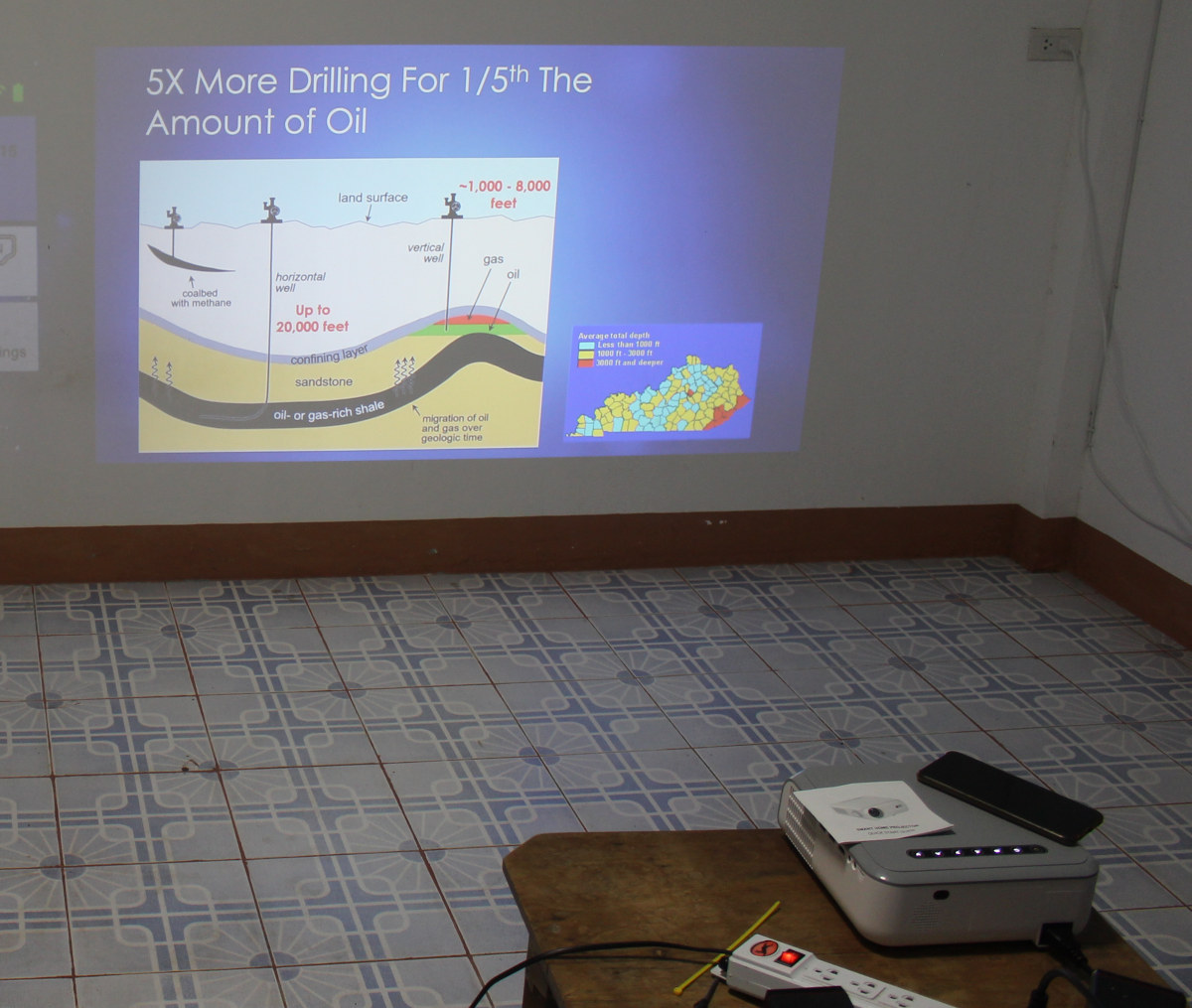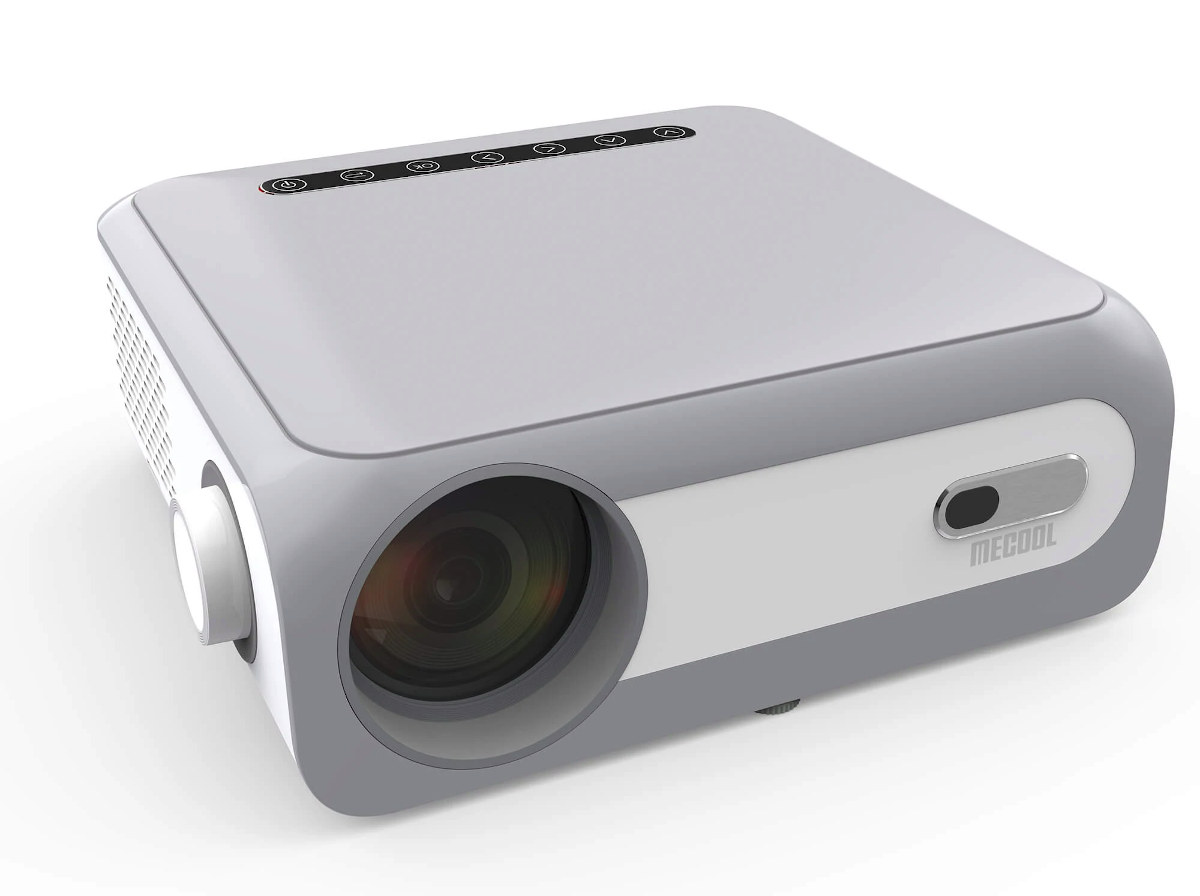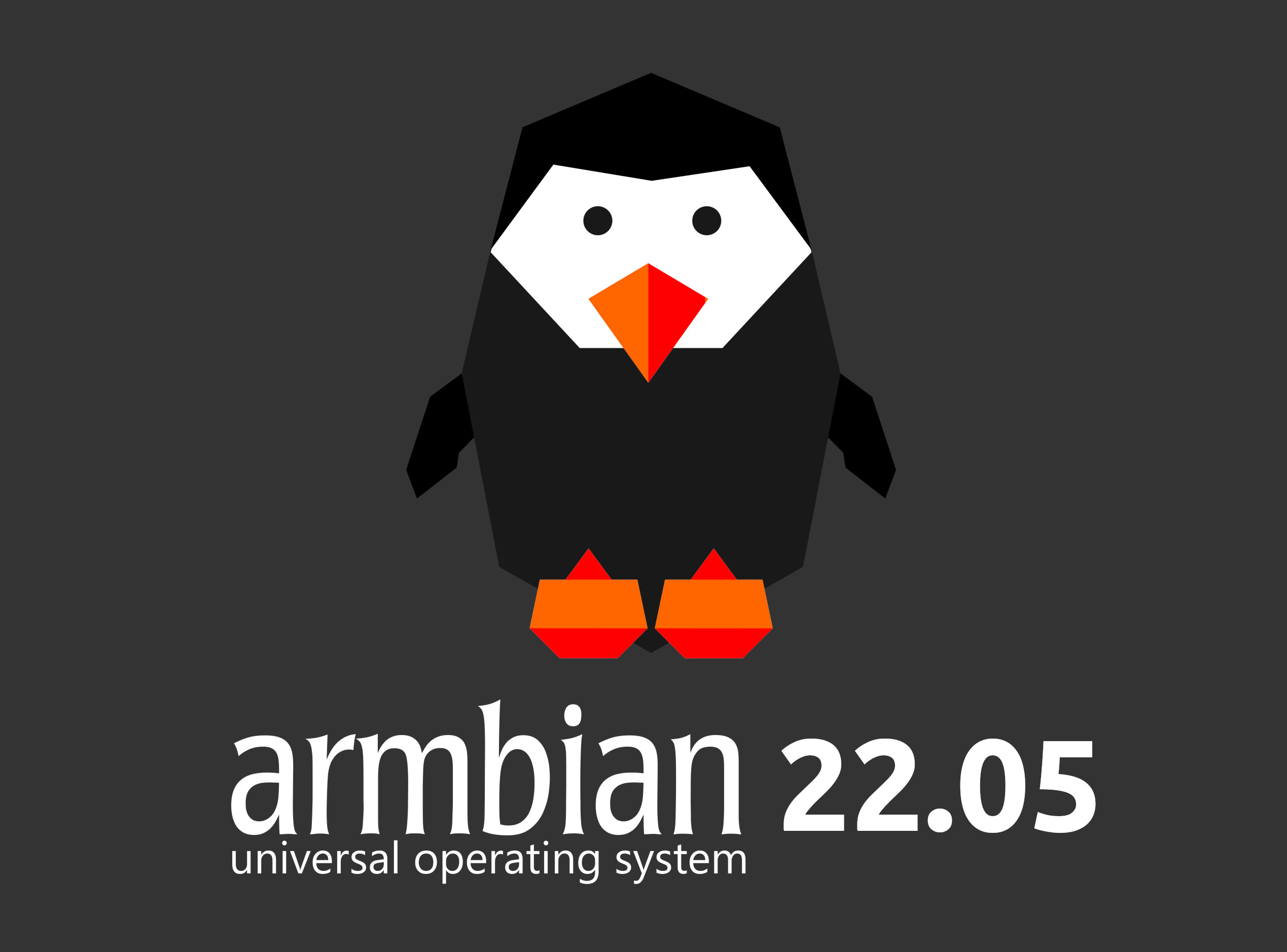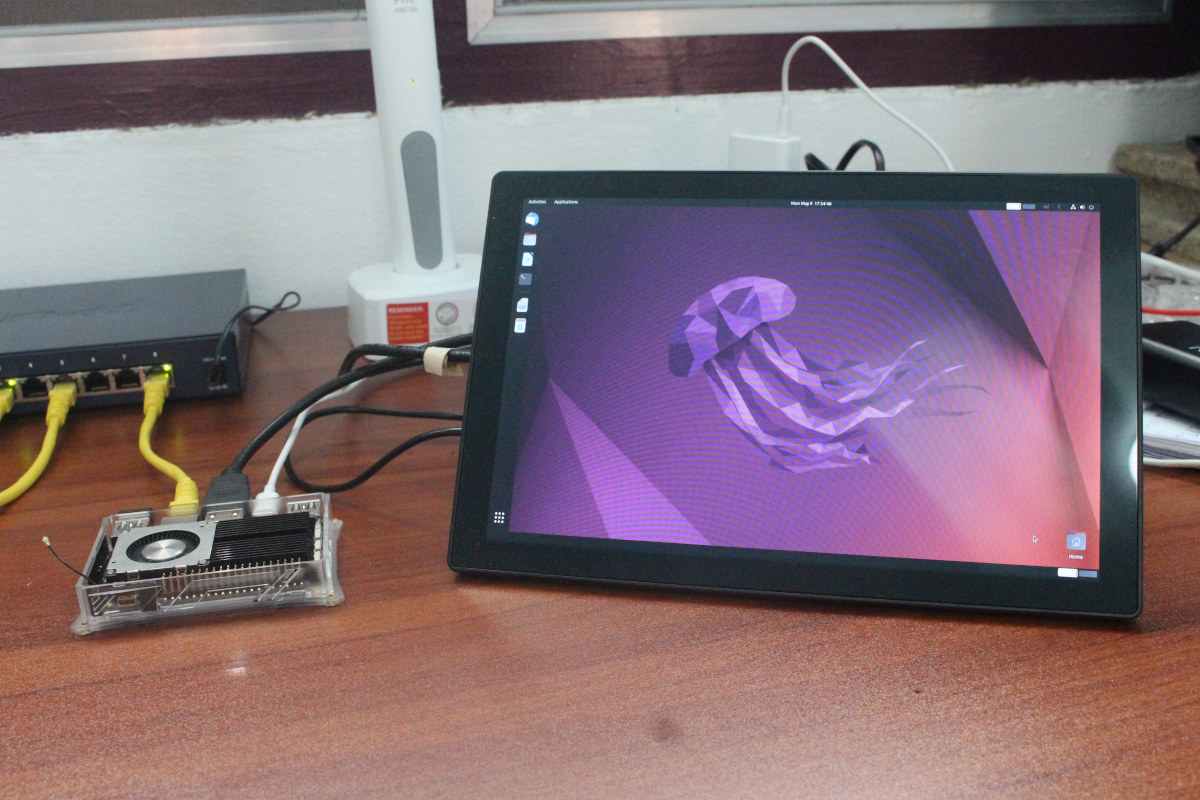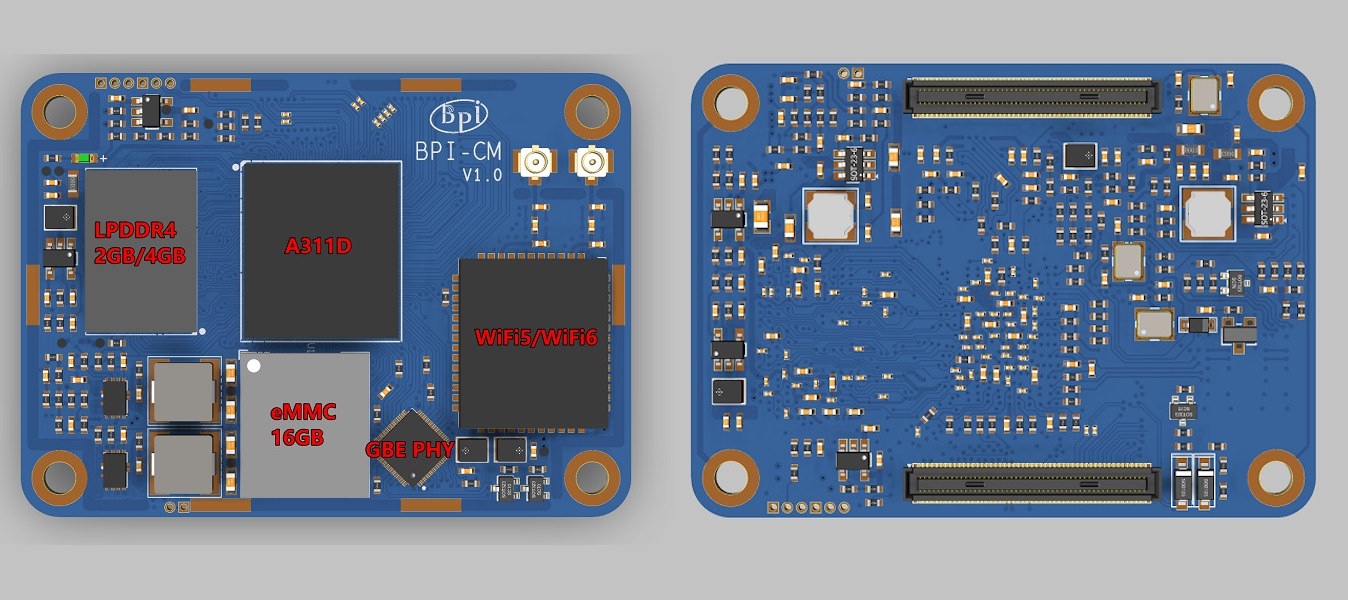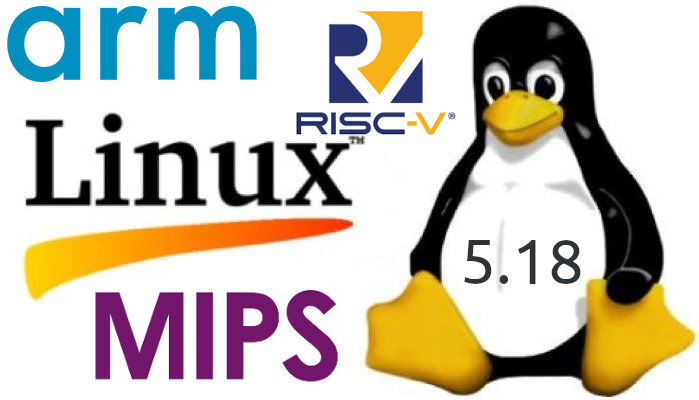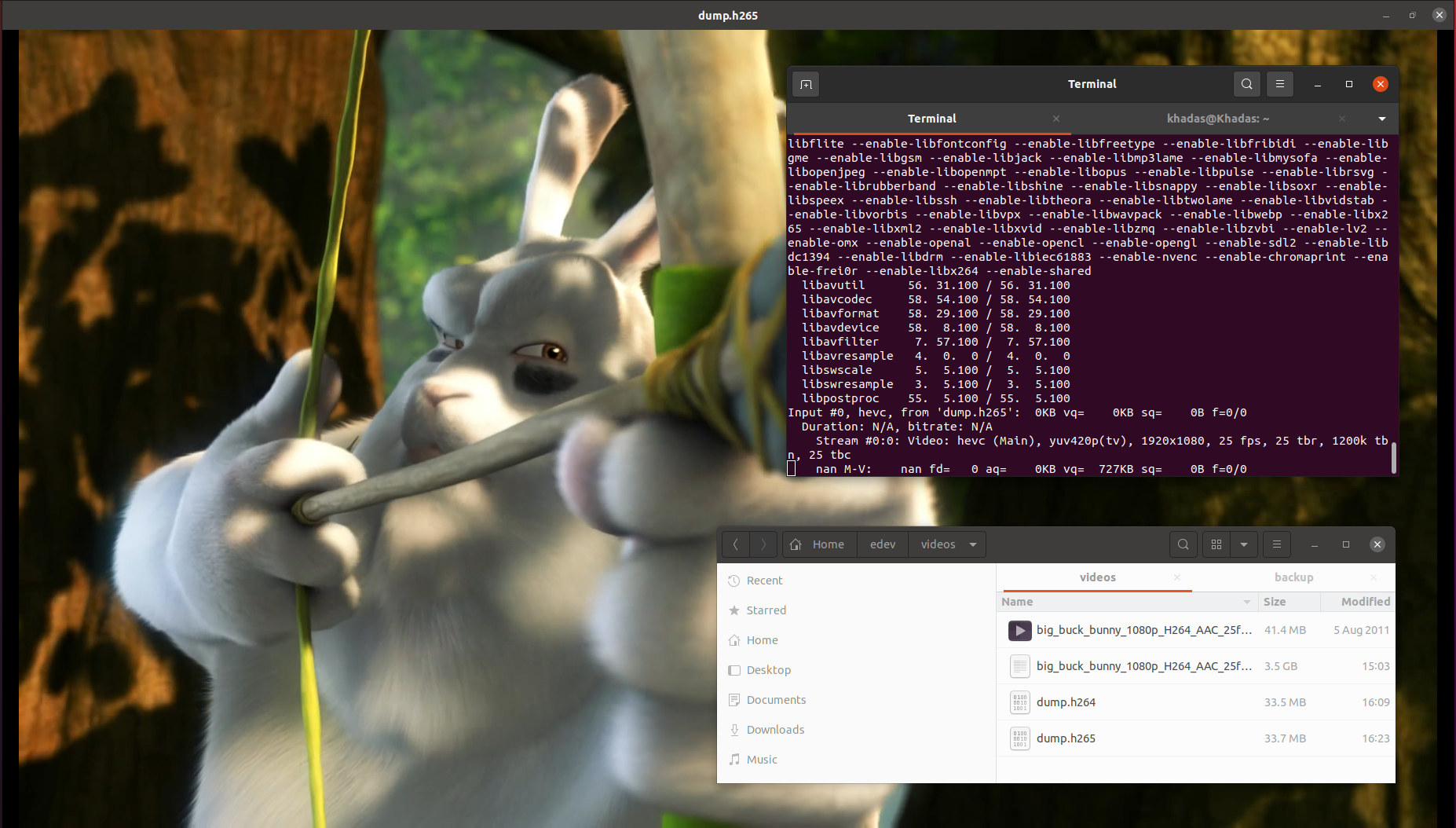I’ve just received a review sample of the MECOOL KP1 smart projector with Full HD resolution that ships with an integrated “MECOOL KD5” Android 11 for TV HDMI stick powered by an Amlogic S805X2 processor. The company sent me a sample for review, and in this first post, I’ll check out MECOOL KP1 hardware and give it a first try, before reporting my experience in more detail in the second part of the review. MECOOL KP1 unboxing First, it’s not one of those mini projectors, as the package is fairly large… The device with with HDMI and AV (RCA composite + stereo audio) cables, a remote control, the power cord, and a quick starter guide. The right side of the side comes with the focus wheel and a dust filter. The rear panel includes one IR window, what should be holes for a speaker, and the power input. There’s also […]
MECOOL KP1 smart projector runs Android 11 for TV on Amlogic S805X2 TV Stick
MECOOL KP1 is a Full HD projector equipped with the MECOOL KD5 HDMI dongle powered by an Amlogic S805X2 quad-core Cortex-A35 processor with 1GB RAM and 8GB flash and running Android 11 for TV. Most Android projectors are equipped with a low-end processor accompanied by an outdated version of Android, and while the Amlogic S805X2 SoC found in the KP1 is not a workhorse, Android 11 for TV OS should make it useable for a few more years, and it might even be possible to upgrade the TV stick down the road. MECOOL KP1 specfications: TV Stick – MECOOL KD5 with SoC – Amlogic S805X2 quad-core Arm Cortex-A35 processor with Arm Mali-G31 MP2 GPU, 1080p60 10-bit AV1, H.265, VP9 P-2, H.264, AVS2, MPEG4/2/1 video decoder System Memory – 1GB LPDDR4 Storage – 8GB eMMC flash Video Output – HDMI 1.4 port Connectivity – Dual-band WiFi 5 and Bluetooth 4.2 OS […]
Robot cat girl doll leverages Khadas VIM3 SBC for AI-accelerated object detection/tracking
While Khadas VIM4 board has just been launched, the earlier Khadas VIM3 SBC has the advantage of featuring a 5 TOPS NPU that’s being leveraged by Lilium Robotics for their humanoid robots, notably the Lily Delta V7 robot cat girl doll using the Amlogic A311D board to control motors and provide AI features such as face and object detection and tracking. The Delta V7 is offered as an Android kit running Linux (Android refers to humanoid robot here) with a full motorized body kit, a head with a dual camera and sound system, accessories like a dress, wig, cat ears and tail, and other features that are more geared towards the adult crowd… Content of the Lily Delta V7 full Android kit: Full motorized body kit Motorized arms, legs, and torso with wide movement range Arms can support 0.5 kg payload 100 cm high, weighs about 5 kilograms Inserts: Face, […]
Armbian 22.05 release adds support for Orange Pi R1 Plus LTS, Radxa Zero & Rock 3A, DevTerm A06
The latest release of Armbian, version 22.05, is now out with hundreds of Linux kernel and user space-related bug fixes, a focus on stabilizing existing platforms, while still adding four new boards with Orange Pi R1 Plus LTS (RK3328), Radxa Zero (Amlogic S905Y2), Radxa Rock 3A (RK3568), and DevTerm A06 (RK3399). The community also added two new maintainers for ESPRESSObin and Radxa Rock Pi 4 (Model A) SBCs which should mean the images for those boards will be tested more regularly and potential issues fixed more quickly. You may want to read the more detailed changelog to see if any changes may impact the board(s) you are using. The new Armbian 22.05 release succeeds Armbian 22.02 outed on February 28, 2022. If you’d like to upgrade simply run those two commands on your existing installation:
|
1 2 |
sudo apt update sudo apt upgrade |
For new installation, browse the list of supported boards, select the Debian/Ubuntu image you’d […]
Khadas VIM4 SBC review – Part 3: Ubuntu 22.04
Here’s the last part of Khadas VIM4 review with Ubuntu 22.04 “Jammy Jellyfish”. You may want to check out our previous parts with the unboxing and first boot, followed by Android 11 if you haven’t already done so. Ubuntu 22.04 installation on Khadas VIM4 I used the same method of installation with OOWOW firmware that can download the image directly from Khadas server, and install it to the eMMC flash. Since I already had Android 11 running on the board, I had to keep pressing the function key (middle), then shortly press the reset button, before releasing the function key and entering OOWOW interface. From there, I selected Ubuntu 22.04 Gnome, and went ahead with the download. The download was fast with the 758.2MB compressed image downloaded in a couple of minutes, then I simply selected “Install” to go further, and replace Android 11… .. and after rebooting the board […]
Raspberry Pi CM4 compatible module coming soon with Amlogic A311D CPU
Despite assurances by Eben Upton that there’s no supply shortage of Raspberry Pi CM4 modules for commercial and industrial customers, installations or projects requiring just a few modules may be out of luck. So alternatives are needed, and after seeing Rockchip RK3566-based SoMs compatible with Pi CM4, namely the Pine64 SoPine and Radxa CM3, Banana Pi is working on a Raspberry Pi CM4 compatible module powered by Amlogic A311D hexa-core Arm Cortex-A73/A53 processor. Banana Pi BPI-CM4 specifications: SoC – Amlogic A311D hexa-core processor with 4x Arm Cortex-A73 @ 2.0 GHz and 2x Arm Cortex-A53 @, Arm Mali-G52 MP4 (6EE) GPU, 5 TOPS NPU System Memory – 2GB/4GB LPDDR4 RAM Storage – 16GB eMMC flash (up to 128GB) Networking – Gigabit Ethernet PHY on-module, optional WiFi 5/6 module with on-board PCB antenna and external antenna 2x 100-pin high-density board-to-board connector (mostly) compatible with Raspberry Pi CM4 with 1x HDMI, 1x MIPI […]
Linux 5.18 release – Main changes, Arm, RISC-V, and MIPS architectures
Linux 5.18 is out! Linus Torvalds has just announced the release on lkml: No unexpected nasty surprises this last week, so here we go with the 5.18 release right on schedule. That obviously means that the merge window for 5.19 will open tomorrow, and I already have a few pull requests pending. Thank you everybody. I’d still like people to run boring old plain 5.18 just to check, before we start with the excitement of all the new features for the merge window. The full shortlog for the last week is below, and nothing really odd stands out. The diffstat looks a bit funny – unusually we have parsic architecture patches being a big part of it due to some last-minute cache flushing fixes, but that is probably more indicative of everything else being pretty small. So outside of the parisc fixes, there’s random driver updates (mellanox mlx5 stands out, […]
Linux hardware video encoding on Amlogic A311D2 processor
I’ve spent a bit more time with Ubuntu 22.04 on Khadas VIM4 Amogic A311D2 SBC, and while the performance is generally good features like 3D graphics acceleration and hardware video decoding are missing. But I was pleased to see a Linux hardware video encoding section in the Wiki, as it’s not something we often see supported early on. So I’ve given it a try… First, we need to make a video in NV12 pixel format that’s commonly outputted from cameras. I downloaded a 45-second 1080p H.264 sample video from Linaro, and converted it with ffmpeg:
|
1 |
ffmpeg -i big_buck_bunny_1080p_H264_AAC_25fps_7200K.MP4 -pix_fmt nv12 big_buck_bunny_1080p_H264_AAC_25fps_7200K-nv12.yuv |
I did this on my laptop. As a raw video, it’s pretty big with 3.3GB of storage used for a 45-second video:
|
1 2 3 4 |
ls -lh total 3.3G -rw-rw-r-- 1 jaufranc jaufranc 40M Aug 5 2011 big_buck_bunny_1080p_H264_AAC_25fps_7200K.MP4 -rw-rw-r-- 1 jaufranc jaufranc 3.3G May 21 15:03 big_buck_bunny_1080p_H264_AAC_25fps_7200K-nv12.yuv |
Now let’s try to encode the video to H.264 on Khadas VIM4 board using aml_enc_test hardware video encoding sample:
|
1 2 3 4 5 6 7 8 9 10 11 12 13 14 15 16 17 18 19 20 21 22 23 24 25 26 27 28 29 30 |
khadas@Khadas:~$ time aml_enc_test 1080p.nv12 dump.h264 1920 1080 30 25 6000000 1125 1 0 2 4 src_url is : 1080p.nv12 ; out_url is : dump.h264 ; width is : 1920 ; height is : 1080 ; gop is : 30 ; frmrate is : 25 ; bitrate is : 6000000 ; frm_num is : 1125 ; fmt is : 1 ; buf_type is : 0 ; num_planes is : 2 ; codec is : 4 ; codec is H264 Set log level to 4 [initEncParams:177] enc_feature_opts is 0x0 , GopPresetis 0x0 [SetupEncoderOpenParam:513] GopPreset GOP format (2) period 30 LongTermRef 0 [vdi_sys_sync_inst_param:618] [VDI] fail to deliver sync instance param inst_idx=0 [AML_MultiEncInitialize:1378] VPU instance param sync with open param failed [SetSequenceInfo:979] Required buffer fb_num=3, src_num=1, actual src=3 1920x1080 Encode End!width:1920 real 0m26.074s user 0m1.832s sys 0m4.883s |
The output explains the parameters used. There are some error messages, […]


